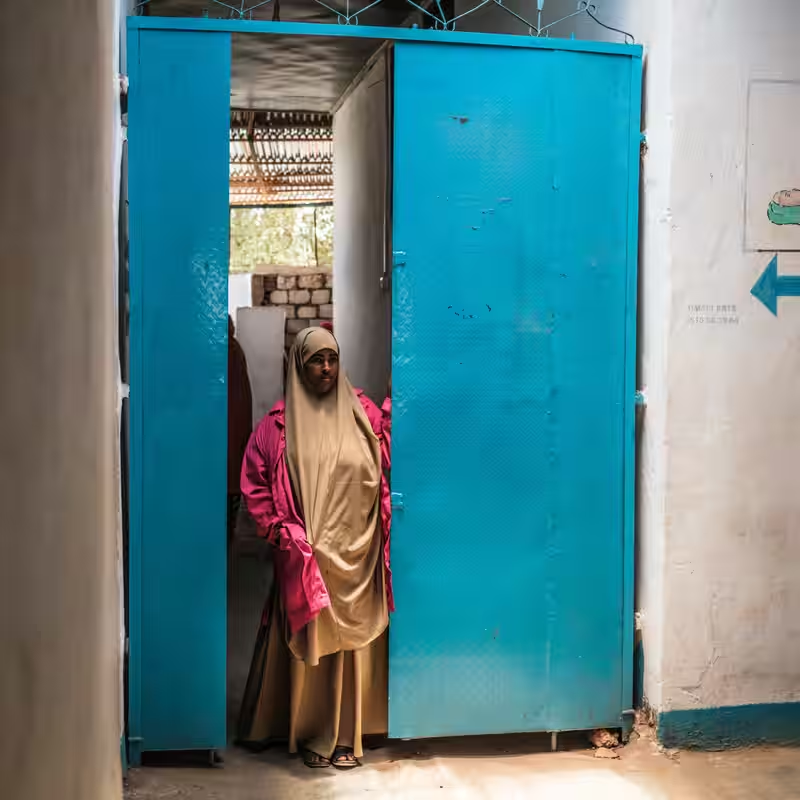In a stunning act of dedication and defiance, a group of fired healthcare workers in Somalia have reopened a vital hospital for women and children—working without pay—after U.S. foreign aid cuts abruptly shuttered the facility. This grassroots revival of essential medical services has drawn global attention to both the fragility of humanitarian infrastructure and the extraordinary resilience of local caregivers.
From Closure to Comeback: A Hospital’s Second Chance
The hospital, which served one of Somalia’s most vulnerable populations, was forced to close its doors in early October 2025 after the Trump administration terminated its funding stream. Overnight, dozens of staff were laid off, and critical services—from maternal care to pediatric emergency treatment—vanished from the community .
But the story didn’t end there. Refusing to accept the loss, former employees banded together, pooled their limited resources, and reopened the facility within days—volunteering their time and expertise despite having no income .
Why This Hospital Matters
Located in a region with some of the highest maternal and infant mortality rates in the world, the hospital was more than a medical center—it was a lifeline. Before its closure, it provided:
- Prenatal and postnatal care for thousands of women annually
- Emergency obstetric services
- Vaccinations and treatment for childhood illnesses
- Training for local healthcare professionals
Its sudden shutdown threatened to reverse years of public health progress. Yet the staff’s decision to return—unpaid—has kept that progress alive, if precariously.
The U.S. Aid Cuts: Context and Controversy
The funding termination is part of a broader rollback of U.S. global health assistance under the Trump administration’s foreign policy realignment. While officials cited budgetary constraints and strategic reprioritization, critics argue such cuts disproportionately harm women and children in conflict-affected regions like Somalia .
International aid organizations have condemned the move, warning that defunding essential health infrastructure can trigger cascading humanitarian crises. “When you pull the plug on a hospital like this, you’re not just cutting a program—you’re cutting lives,” said one regional health advocate.
Inside the Reopened Facility: A Day Without Pay
Today, the hospital operates on sheer willpower. Doctors, nurses, and support staff arrive daily, often walking miles, to treat patients with dwindling supplies. Donations from local businesses and diaspora communities have helped restock some medications, but the situation remains unsustainable long-term.
“We are not heroes,” said one nurse who asked to remain anonymous. “We are mothers, fathers, neighbors. If we don’t do this, who will?”
What’s Next? The Fight for Sustainable Support
While the staff’s efforts have bought time, they cannot replace systemic funding. Humanitarian groups are now lobbying international donors and the U.S. Congress to restore support or redirect emergency aid to the facility.
Meanwhile, the hospital has become a symbol of grassroots resistance—and a stark reminder of how quickly decades of development can unravel when political winds shift.
How You Can Help
Global citizens can support the hospital by:
- Donating to verified NGOs operating in Somalia (e.g., [Doctors Without Borders](https://www.doctorswithoutborders.org))
- Contacting elected representatives to advocate for restored global health funding
- Raising awareness through social media using #SaveSomaliHealthcare




